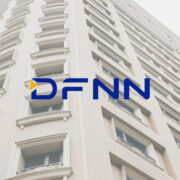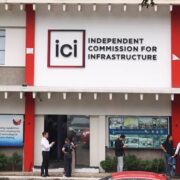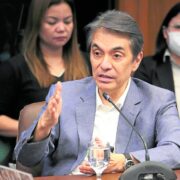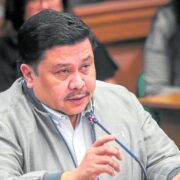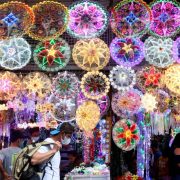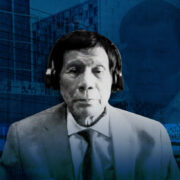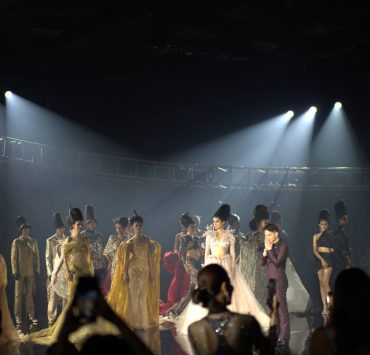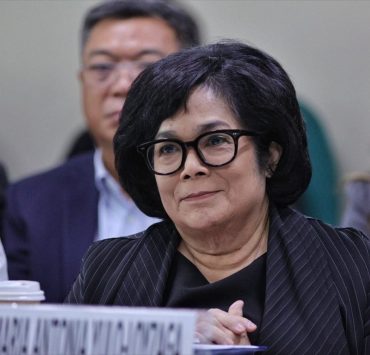Metro Manila’s Tiger City continues to roar with progress
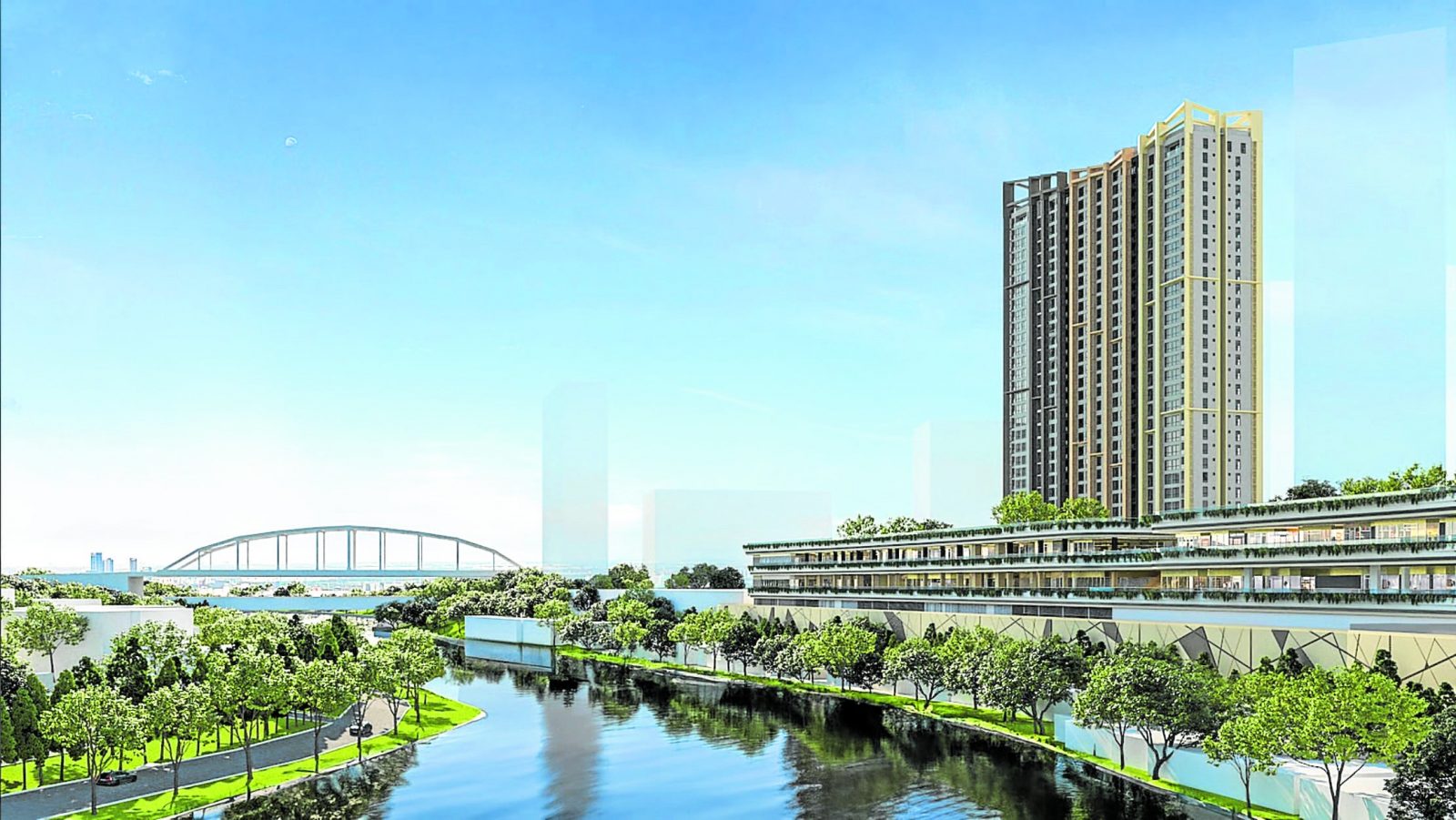
The City of Mandaluyong is a dynamic and progressive city that earned a reputation for its aggressive growth and development over the last century.
Initially nicknamed as the “Millennium City,” Mandaluyong has come a long way from being a forest town to a bustling city of vibrant economic activities. Mandaluyong has also earned the title “New Tiger City of Metro Manila,” reflecting all its accomplishments over the years.
As one of the established economic centers of Metro Manila, the City of Mandaluyong has always been an attractive option for investors and developers. And the city’s rich history is a testament of continuous growth and development, backed by its leaders and residents’ perseverance to make it as successful as it is now.

Mandaluyong was first known as a barrio of Sta. Ana de Sapa. In 1841, it was civilly separated from Sta. Ana de Sapa and given the name San Felipe Neri by the Spaniards in honor of the Patron Saint of Rome.
In 1863, San Felipe Neri established its own parish under the administration of the congregation “Dulcisimo Nombre de Jesus.” This played a significant role in the growth of the town during the Spanish and American regime.
During the American rule, San Felipe Neri was elevated to a first-class municipality with five barrios, namely: Poblacion, Barangka, Hagdang Bato, Namayan and Hulo.
In 1904, Presidential Act No. 942 was issued and San Felipe Neri was consolidated with the municipality of San Juan del Monte and became the seat of government of what was then known as the province of Rizal.
In March 1907, San Felipe Neri was separated from San Juan and became an independent municipality. It was then renamed as the municipality of Mandaluyong by virtue of House Bill No. 3836.
As the years passed by and more developments entered the municipality, Mandaluyong continued to prosper. It later became a component municipality of Metro Manila in 1975.
Because of its location, infrastructure and big-ticket projects were built in Mandaluyong. This ushered significant physical and economic transformation for the municipality. Major thoroughfares like Edsa pass through the center of the city, attracting economic opportunities to the city. Its main roads like Shaw Boulevard, Ortigas Avenue, Boni Avenue, and Pioneer Street are populated with businesses and residential developments.
From being a progressive municipality, Mandaluyong became a highly urbanized city in 1994. It also became a lone district with its own representative in Congress.
In February 1994, Republic Act No. 7675 was signed by then President Fidel V. Ramos. A plebiscite followed in April 1994, confirming the conversion of Mandaluyong from municipality to a highly urbanized city. This brought additional income to Mandaluyong through an increase in share from the national internal revenue allotments and other development benefits of being a city.
Elevating into a city also opened more opportunities for Mandaluyong. One of the factors that stands out in Mandaluyong’s business portfolio is that the city houses a cluster of malls, several business districts, hotels, and offices of big companies. To many people, the name of Mandaluyong is synonymous to the names of some of the biggest malls and shopping centers in the country. Most of them are situated near each other and attract foot traffic not just from those in the metro but even from provinces outside Manila.
Aside from these retail giants, Mandaluyong also has bustling business centers where many local and international companies have set up offices. These business ventures created jobs for the residents of Mandaluyong and contributed to the economic growth of the city.
There are also several distinguished schools and universities within and near the city like Saint Pedro Poveda College, University of Asia & the Pacific, Jose Rizal University, Lourdes School of Mandaluyong and Don Bosco Technical College, all with outstanding academic reputations.
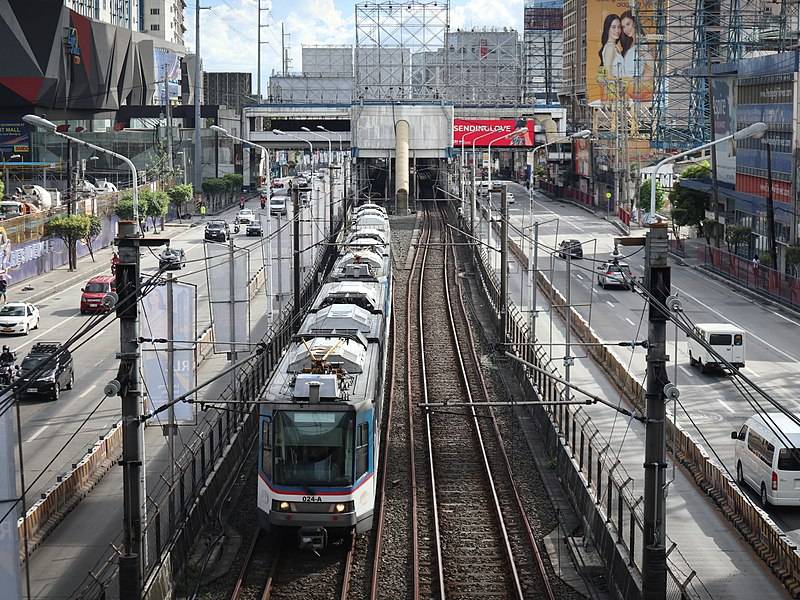
Today, Mandaluyong City is composed of 27 barangays divided into two political districts mainly by Boni Avenue and G. Aglipay Street.
Over the years, the city has received a lot of recognition and accolades from government and private agencies. The Asian Institute of Management (AIM) Philippine Cities Competitiveness Ranking Project 2007 even cited Mandaluyong City as first in terms of “Quality of Life” among the 90 best performing cities in the country.Mandaluyong City has always pushed for economic growth to stimulate development in the city. One of the landmark projects of the city was The Marketplace, a five-storey structure that houses a public wet and dry market, a mall with cinemas and bowling lanes, restaurants and boutiques. This was among the first BOT (Build-Operate-Transfer) projects in the Philippines and in December 2017, it was given recognition by the Bureau of Local Government Development of the Department of Interior and Local Government for the valuable contribution in pursuing local economic development through Public-Private Partnership (PPP).
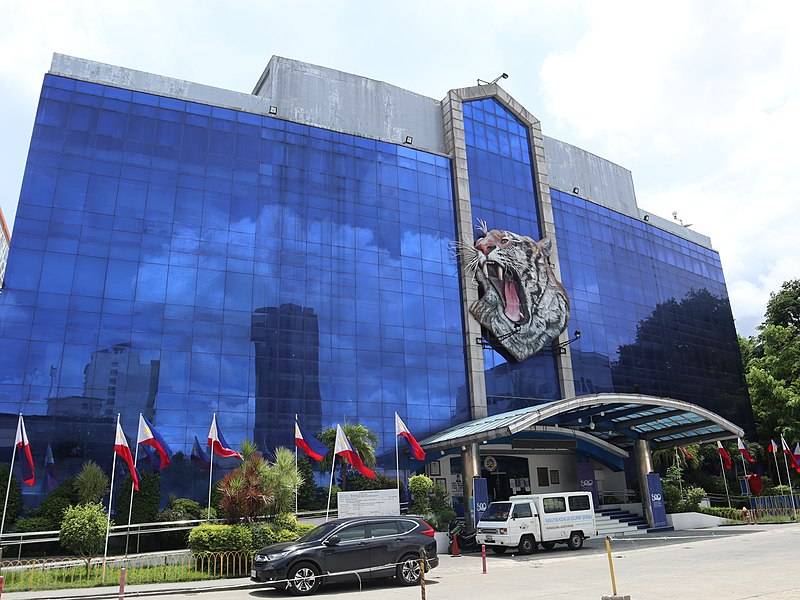
In 2019, Mandaluyong received the Seal of Good Local Governance Hall of Fame Award from the Department of the Interior and Local Government. Mandaluyong City has consistently achieved top recognition in good governance for five consecutive years since 2015, making it one of the 29 hall of famer awardees in the whole Philippines. In Metro Manila, Mandaluyong is one of the two cities who achieved this feat.
Because of the city’s aggressive growth, it has attracted big developments from major players in the real estate industry. An addition to these big investments in the city is the new project of Federal Land NRE Global Inc. (FNG), The Observatory.FNG is a collaboration between Federal Land Inc. and Japan’s Nomura Real Estate Development Co. Ltd. and The Observatory is a 4.5-ha mixed-use complex rising in Mandaluyong City. The project boasts of residential towers offering studios, one- to three-bedroom cuts, and expansive penthouse units; an office building; and retail spaces, along with unobstructed views either of the city or of the Pasig River. All these components will reflect Japanese influences in terms of designs, architecture, and culture.Sources: Inquirer Archives, mandaluyong.gov.ph Mandaluyong City has consistently achieved top recognition in good governance. (HTTPS://EN.WIKIPEDIA.ORG)
Developers like FNG continue to bet big on Mandaluyong City.

